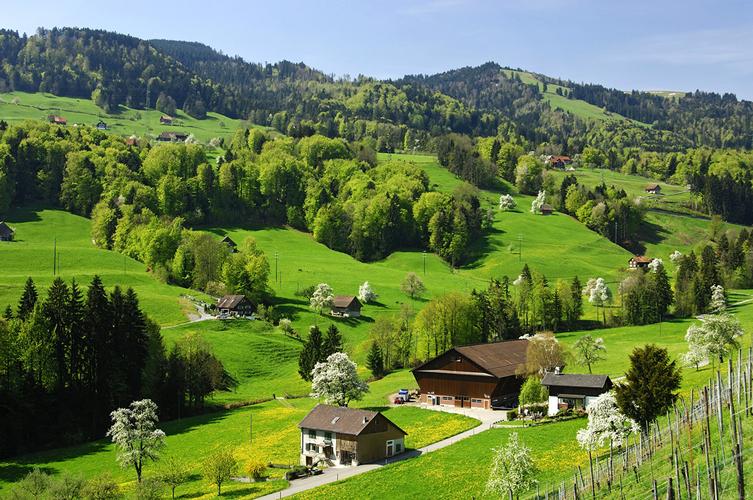Leopard sharks are one of the most unique species of sharks in the world. These graceful creatures are found in the warm coastal waters of the Pacific Ocean, from California down to Mexico and beyond. They are known for their distinctive patterns and markings resembling that of their namesake, the leopard.
In this comprehensive guide, we will explore the life cycle of leopard sharks in detail, from the beginning of their existence as eggs to their development into mature adults.
Egg Stage
Leopard shark reproduction typically occurs in the warm summer months, usually between April and September. Female leopard sharks can produce up to 24 eggs at a time, which are typically laid in shallow sandy areas near the shore.
The eggs are encased in a translucent capsule, which helps to protect them from predators and the rough ocean currents. The incubation period for leopard shark eggs is around 10 months, after which the eggs hatch and the young shark pups emerge.
Pup Stage
After hatching, the young leopard sharks are known as pups, and they measure around 6 to 8 inches in length. They are immediately mobile, and they begin to swim and hunt for food. The diet of leopard shark pups mainly consists of small fish, crustaceans, and other marine animals.
During the first few weeks of life, the pups stay within the shallow waters, where there is an abundance of food and protection from larger predators. They are also known to form groups with other young leopard sharks, which helps them to fend off predators and increase their chances of survival.
Juvenile Stage
As the leopard sharks grow and develop, they move out into deeper waters, where they can continue to feed and grow in size. This stage of their life cycle is called the juvenile stage, and it typically lasts for around 5 to 7 years.
As they mature, the leopard sharks continue to eat a variety of marine animals, including squid, shrimp, and small fish. They also begin to develop the distinctive spotted patterns that give them their name.
Adult Stage
After the juvenile stage, the leopard sharks reach sexual maturity and enter the adult phase of their lives. This typically occurs when they reach around 6 feet in length, which can take up to 10 years.
At this stage, the leopard sharks become more solitary, and they tend to stay in deeper waters, where they can hunt for larger prey. Their diet typically consists of fish, octopus, and other marine animals.
The adult stage of the leopard shark’s life cycle can last for many years, with some individuals living for up to 30 years or more.
Conclusion
In conclusion, the life cycle of the leopard shark is a fascinating journey, from the moment they are laid as eggs to their development into mature adults. Despite their solitary nature as adults, they are still an important part of the marine ecosystem, and their unique patterns and markings make them a favorite among divers and marine enthusiasts alike.
By understanding the different stages of the leopard shark’s life cycle, we can appreciate these majestic creatures even more and work towards their conservation and protection for generations to come.
(Note: Do you have knowledge or insights to share? Unlock new opportunities and expand your reach by joining our authors team. Click Registration to join us and share your expertise with our readers.)
Speech tips:
Please note that any statements involving politics will not be approved.
